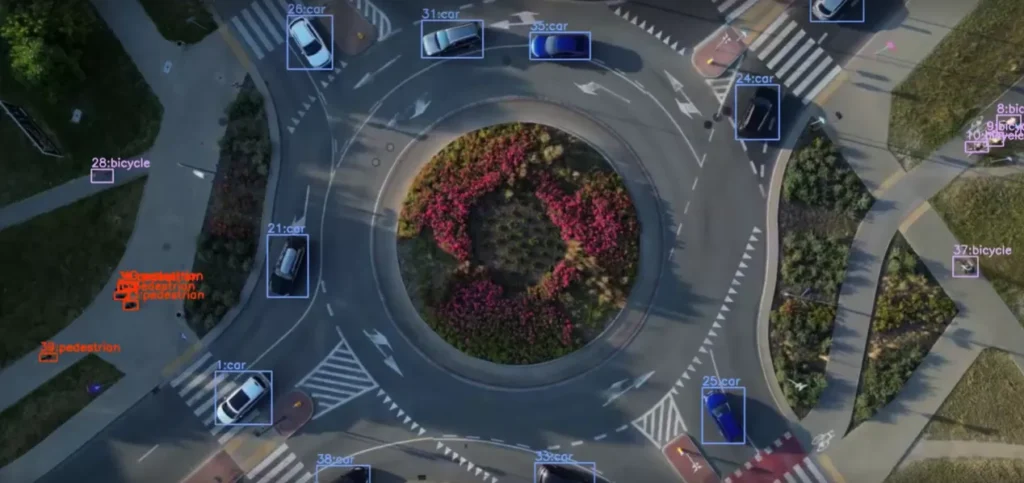

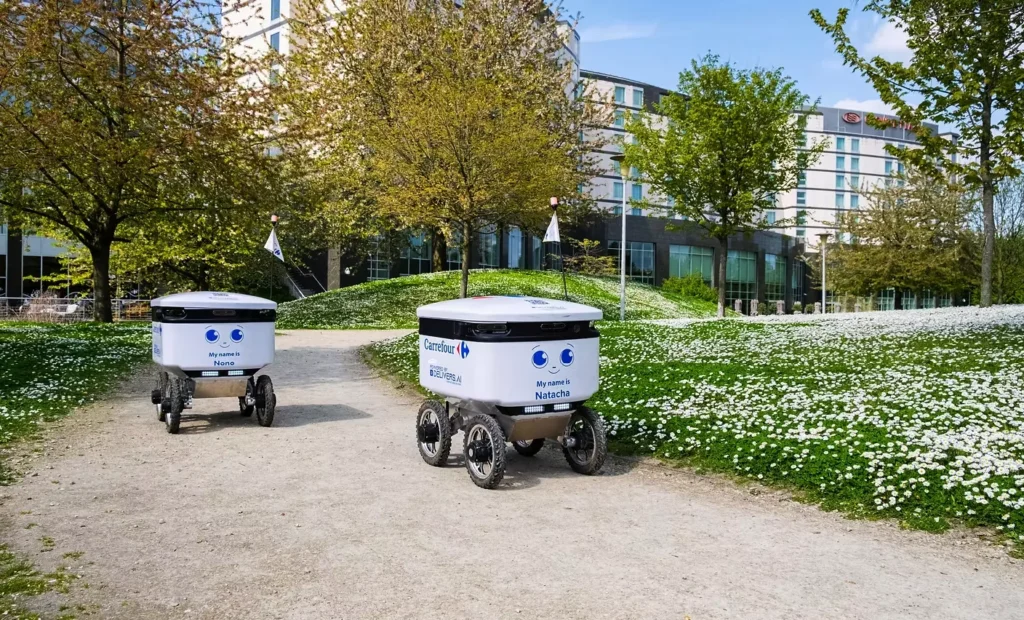
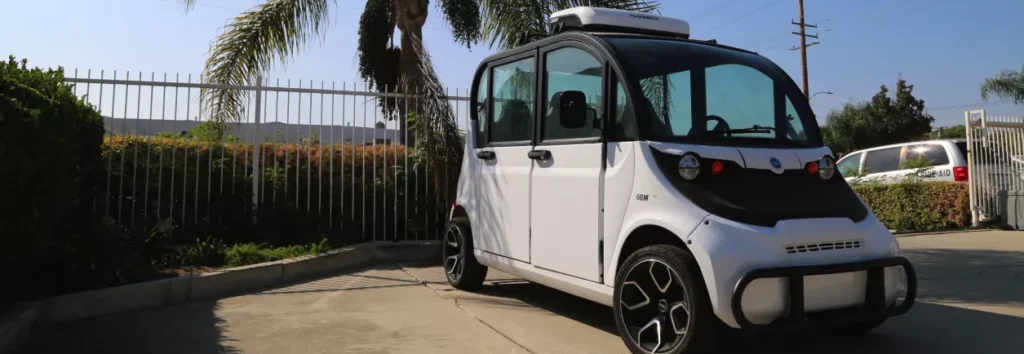
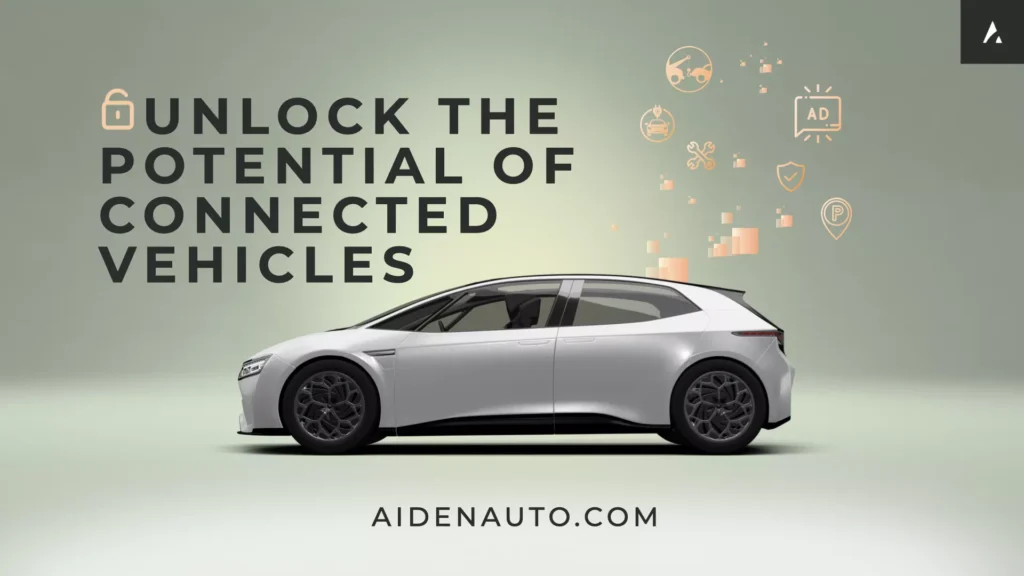





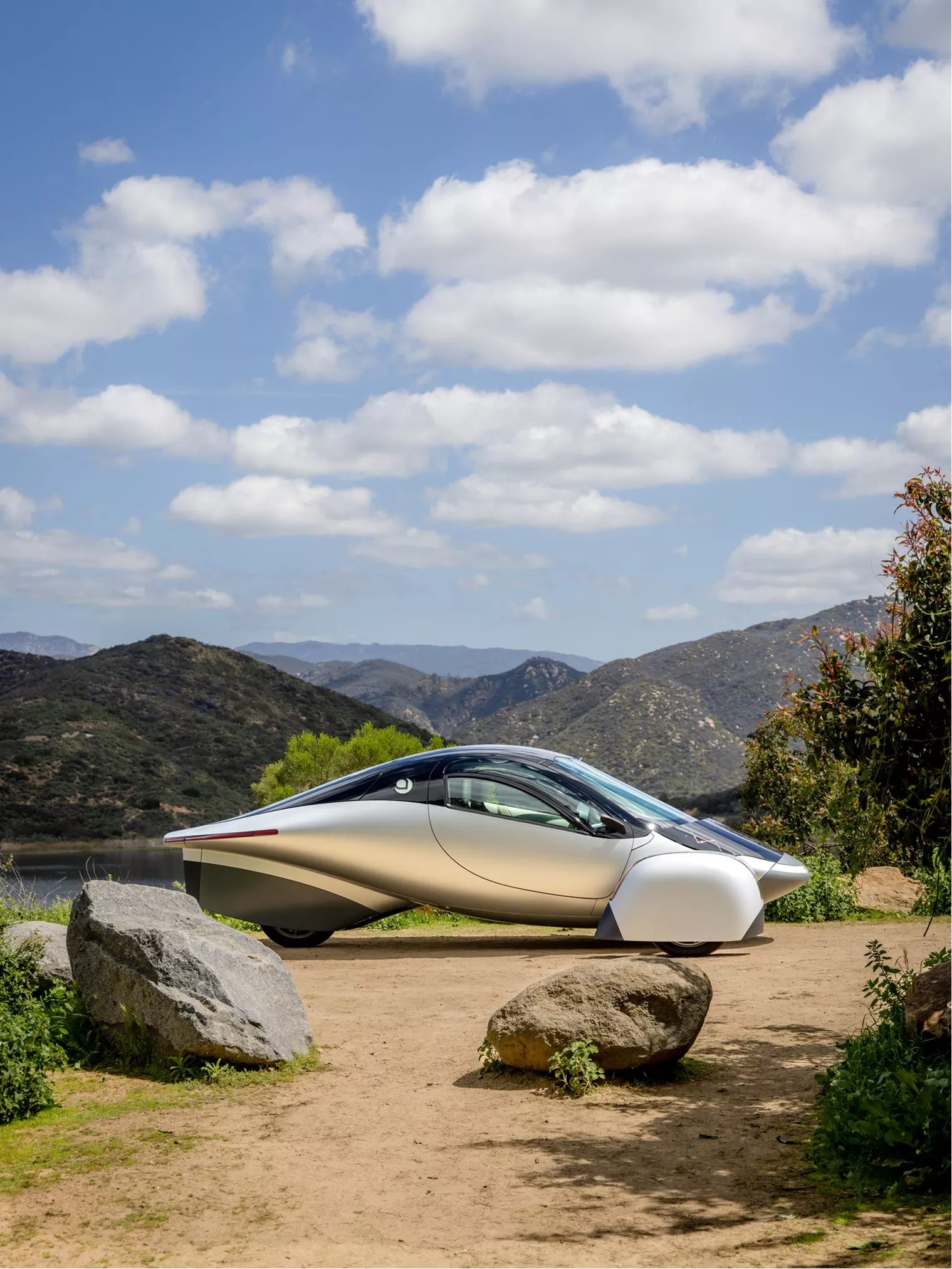
From EVs and batteries to autonomous vehicles and urban transport, we cover what actually matters. Delivered to your inbox weekly.
Toyota will release the 2026 C-HR Battery Electric Vehicle in Canada with both front-wheel and all-wheel drive configurations.
The FWD version delivers 221 horsepower and a projected range of 500 km. The AWD model outputs 338 horsepower, accelerates from 0 to 100 km/h in 5.2 seconds, and offers 465 km of range.
Both are powered by a 77-kWh battery and include a North American Charging Standard (NACS) port.
The C-HR BEV enters the lineup as a dedicated electric platform scheduled for regulatory deployment under Canada’s zero-emission mandate.
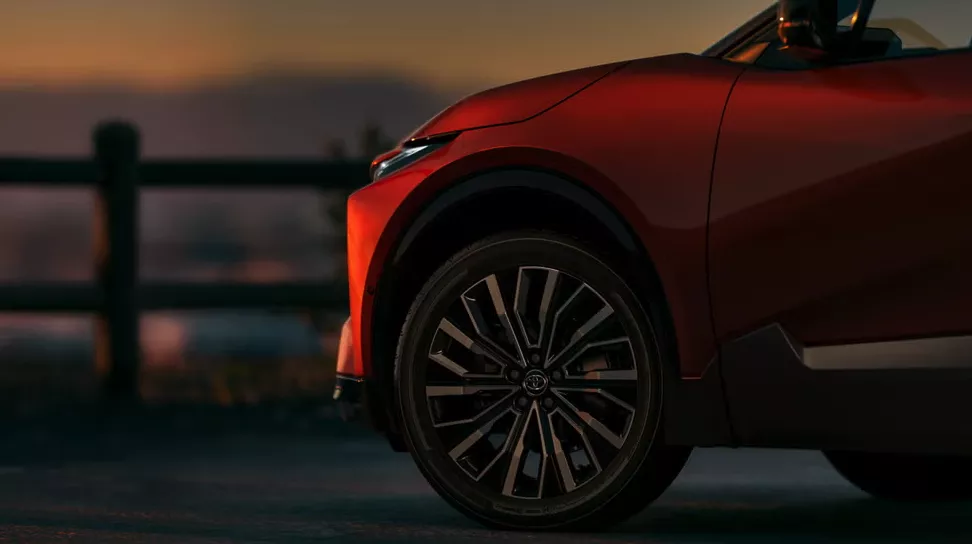
The 2026 C-HR BEV is powered by a 77-kWh battery pack. The front-wheel drive model delivers 221 horsepower with a projected range of up to 500 km. The all-wheel drive version increases output to 338 horsepower, with an estimated range of 465 km and an acceleration time of 5.2 seconds from 0 to 100 km/h.
Both variants include regenerative braking control through steering wheel-mounted paddle shifters.
Drivers can choose from four levels of energy recovery, allowing adjustments in deceleration force and maximizing energy capture during braking. The system supports dynamic load management without relying on full one-pedal driving.
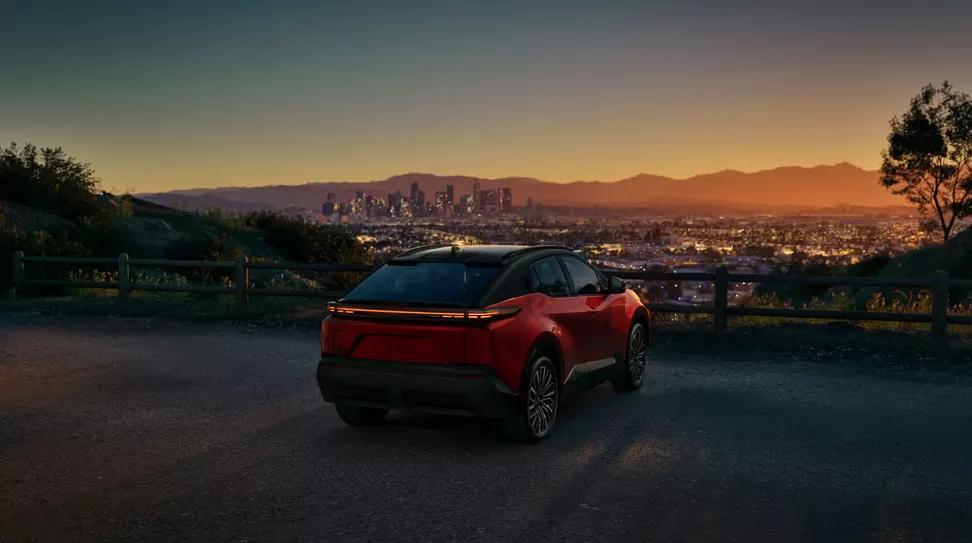
The C-HR BEV is equipped with a North American Charging Standard (NACS) port, providing access to a wide network of high-speed DC fast chargers across Canada and the United States. The vehicle also supports Level 1 and Level 2 AC charging, allowing flexibility for home and public charging scenarios.
Integration with the NACS standard places the C-HR within the dominant charging ecosystem in North America, aligning Toyota’s infrastructure strategy with broader network consolidation and long-term accessibility.
The 2026 C-HR BEV comes standard with a full advanced driver assistance suite. Features include Traffic Jam Assist, Lane Change Assist, and Front Cross-Traffic Alert.
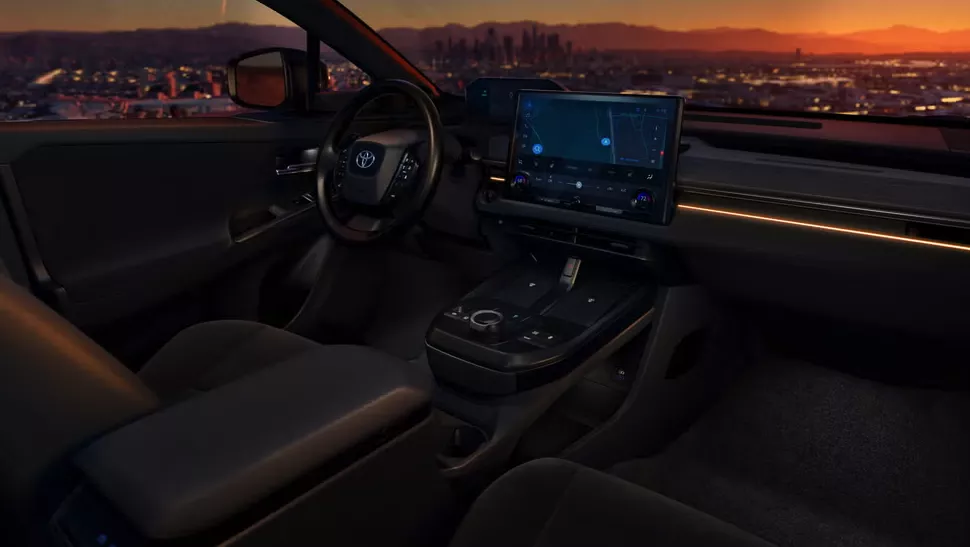
These systems operate under Toyota’s evolving software-defined vehicle architecture, designed to handle real-time sensor data and coordinated decision logic across multiple driving scenarios.
The integration of these functions reflects Toyota’s shift toward unified, update-capable platforms that support both safety automation and user control across urban and highway environments.
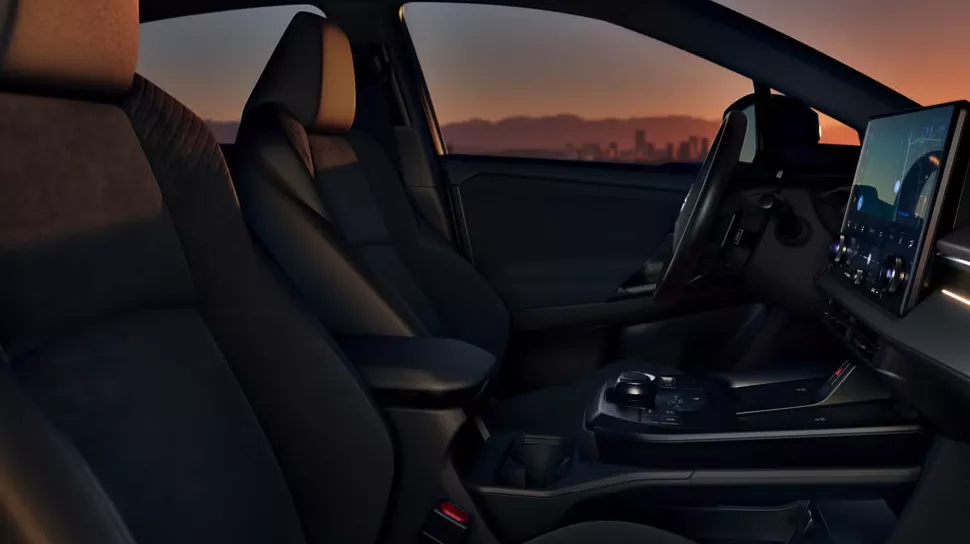
The C-HR BEV will launch in Canada in 2026. Pricing has not yet been announced. The model enters Toyota’s product line as a regulatory-aligned zero-emissions vehicle, built to meet fleet compliance targets and respond to tightening regional mandates.
It expands the brand’s electrification footprint with a dedicated BEV platform configured for mainstream adoption. The release is positioned for volume deployment, not as a concept exercise or compliance placeholder.
Delivery timing and platform configuration signal operational intent.